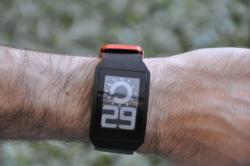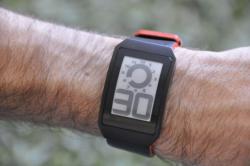Pixel Qi's CEO answers a few questions we had
We had the good chance to talk with Mary Lou Jepsen, Pixel Qi's CEO. She agreed to answer a few questions we had...
Q: Can you tell us about Pixel-Qi? the company and the displays?
A PQ panel looks like normal LCD with backlight on, but with backlight off it becomes a highly reflective screen that rivals the performance of electrophoretics in terms of reflectance, but with video rate fully available (for fast typing, multitouch, fast panning, and video).Â
We have already done self-refresh screens in the roots of this technology to lower the power â Pixel Qi actually spun out of One Laptop per Child where that architecture was implemented to create a ~1W laptop (and what is widely considered the netbook that launched the recent netbook revolution).
Q: Can you tell us of any upcoming Pixel-Qi products? Are you working also on other displays beside the 10" one?
Only our customers can announce their products, and we have brought on several more since our last discussion in January. We have been in early production since December and are now scaling it volume in the current 10â size and in process of designing new sizes that we will announce in the future. Our customers are pulling us into a variety of new product categories.
Q: What kind of products do you think can benefit from PQ displays?
Our panels are easy on the eyes â they combine the best of LCD and best of EPD together in a single screen and are excellent for reading. Anything that uses a battery can benefit from our technology. Anything that is used outdoors and indoors can benefit from our technology.Â
Thanks Mary, and good luck!



